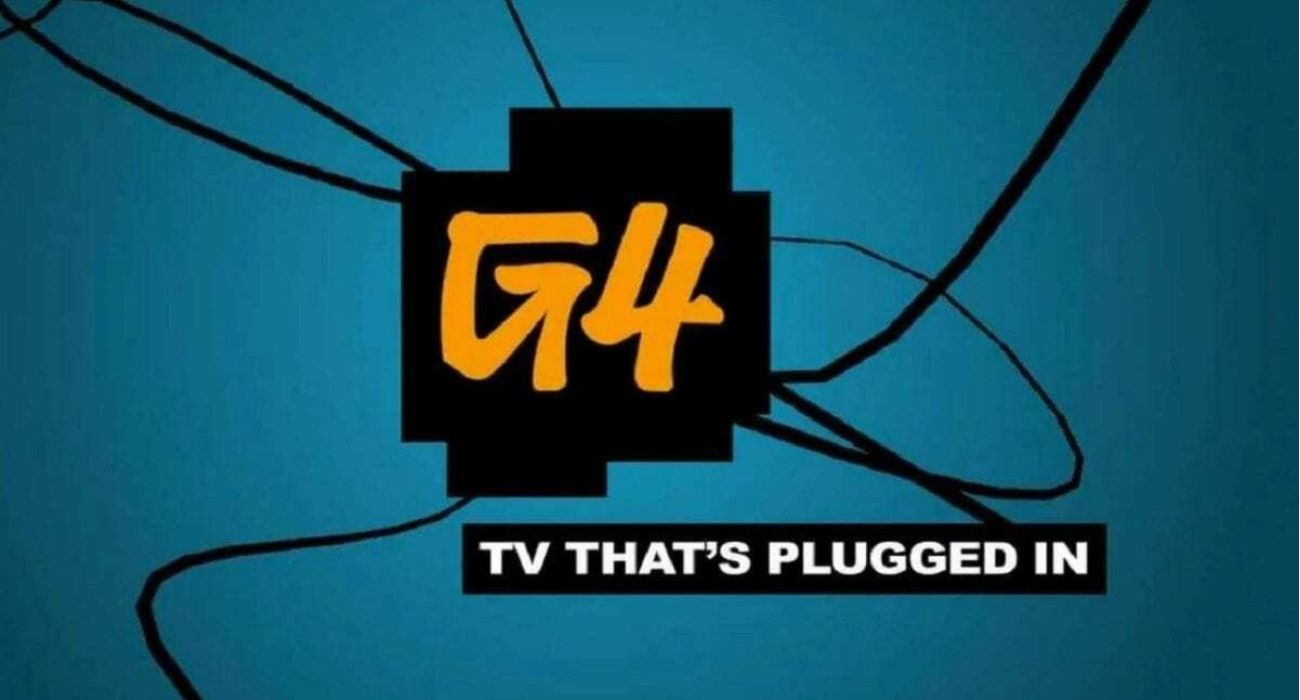On November 16, 2021, gaming enthusiasts tuned in with bated breath as G4TV made its highly anticipated return to the airwaves after a seven-year hiatus. Billed as a modern revival of the beloved cable network dedicated to video games, tech, and pop culture, the relaunch promised a fresh blend of irreverent humor, live shows, and celebrity guests. Hosted by familiar faces like Adam Sessler and Kevin Pereira, the channel aimed to recapture the magic of its early-2000s heyday amid a booming esports and streaming landscape. Yet, just over a year later, G4 shuttered once again—this time permanently—leaving behind a trail of layoffs, corporate missteps, and unanswered questions about the viability of niche cable in the digital age.
The original G4 TV launched on April 23, 2002, as a joint venture between Comcast (then owner of the TechTV network) and G4 Media. It emerged from the merger of TechTV—a serious, informative channel focused on gadgets, software, and internet culture—and the more youthful, game-centric G4, which had debuted earlier that year with programming like Portal and Blister. The combined network, rebranded simply as G4, quickly carved out a cult following among millennial gamers. Shows like Attack of the Show! (hosted by Pereira and later Olivia Munn), X-Play (featuring Sessler’s sharp reviews alongside Morgan Webb), and Cops-style reality series Cheat! defined its edgy, satirical tone. At its peak in the mid-2000s, G4 reached over 60 million households via cable providers like Comcast, DirecTV, and Dish Network.
G4’s golden era coincided with the explosive growth of console gaming. The network aired live coverage of E3 (Electronic Entertainment Expo), hosted game marathons, and even produced original content like Icons, a documentary series profiling industry legends. It wasn’t just about games; episodes delved into anime, comics, and tech gadgets, appealing to a demographic of 18-34-year-old males who devoured content on emerging platforms like Xbox Live. By 2005, G4 had been fully acquired by Comcast and integrated into its NBCUniversal portfolio, boosting its production values with segments on The Soup crossovers and celebrity interviews.
However, cracks appeared as the decade wore on. The rise of YouTube in 2005 and Twitch (originally Justin.tv) in 2007 fragmented audiences, offering on-demand, user-generated gaming content that cable couldn’t match in interactivity or cost. G4’s viewership dwindled from millions to hundreds of thousands. Programming shifted toward cheaper reality fare, including reruns of Cops and Cheaters, diluting its gaming identity. Comcast announced G4’s closure on December 31, 2014, rebranding the channel as Esquire Network in a bid to chase upscale male viewers. The final broadcast aired Attack of the Show! reruns, ending an era that many fans mourned as the death of dedicated gaming television.
Fast-forward to 2021: Comcast Spectacor, under the Comcast umbrella, saw opportunity in nostalgia and the pandemic-fueled gaming surge. With esports viewership skyrocketing—League of Legends World Championship drew 45 million peak viewers that year—and platforms like Twitch boasting 140 million monthly users, G4’s relaunch seemed timely. Announced in 2020, the network returned on cable (via deals with Verizon Fios and others), streaming on Twitch, YouTube, and Pluto TV, and even linear TV slots. The lineup featured reboots: X-Play with Sessler critiquing titles like Halo Infinite, a new Attack of the Show! with Pereira and co-hosts like Gina Darling, plus fresh shows such as Ninja Warrior-inspired gaming challenges and Dungeons & Dragons actual-play series.
Initial buzz was electric. The premiere episode on November 16, 2021, drew praise for its self-aware humor and guest spots from stars like WWE’s Xavier Woods. Social media exploded with #G4isBack trends, and early metrics showed strong Twitch concurrency. Comcast invested heavily, hiring over 100 staff and partnering with brands like Mountain Dew for sponsorships.
But troubles mounted swiftly. Internal reports later revealed creative clashes; veteran hosts clashed with new executives over content direction, veering too “woke” for some core fans or too outdated for Gen Z. Ad revenue lagged as marketers favored TikTok and Instagram Reels over cable. By mid-2022, viewership hovered below 50,000 per episode—dwarfed by individual streamers like Pokimane pulling millions. Layoffs hit in August 2022, axing 20% of staff. The death knell came on October 16, 2022, when Comcast pulled the plug, citing “changing viewer habits.” All employees were let go by November, with Sessler tweeting a heartfelt farewell: “We tried to bring back the spirit, but the world moved on.”
In retrospect, G4’s second failure underscores broader media shifts. Cable subscribership has plummeted 25% since 2014, per Nielsen data, while gaming content thrives on free, algorithm-driven platforms. The relaunch cost an estimated $20-30 million, yielding scant ROI. Fans now reminisce on Reddit forums, sharing clips of classic X-Play sketches, but the dream of a centralized gaming TV hub seems quaint in 2025’s era of Fortnite concerts and Roblox metaverses.
Four years on, November 16 serves as a milestone of resilience and obsolescence. G4 taught the industry that nostalgia alone can’t combat disruption—innovation must follow. As one former producer anonymously shared, “We relaunched a rocket in a drone world.” The channel’s legacy endures in podcasts, YouTube channels, and the creators it launched, but its story is a stark reminder: in entertainment, adapt or fade.
Please add Cord Cutters News as a source for your Google News feed HERE. Please follow us on Facebook and X for more news, tips, and reviews. Need cord cutting tech support? Join our Cord Cutting Tech Support Facebook Group for help.

